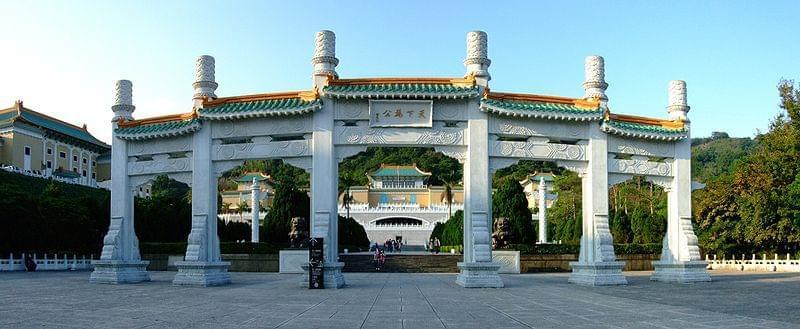
SEE ALSO: What to see in Taipei
What to see and how to visit the National Palace Museum
At first glance, one is not surprised that it is one of the most visited museums in the world. The complex is really big and majestic, and there are several structures/areas inside:
Exhibition Area I: located inside the main building, it houses the permanent collections on four different levels. Also located in the building is the Xianjufu Café and a bookstore.
Exhibition Area II: Located in the secondary building, it houses the temporary exhibitions. Also located in the palace is the Fuchunju Café Curio.
Zhishan Garden and Zhide Garden: these are two Chinese-style gardens with relaxing ponds and lots of greenery, which can also be visited.
Chang-Dai Ch'ien Memorial Residence: is a memorial dedicated to the painter Chang-Dai Ch'ien, located outside the palaces and gardens.
There is also a library, an auditorium, a restaurant, an administration building and two large car parks. It is advisable to start the visit from the Main Palace and then visit the remaining part of the complex, after also making sure of the opening and closing times of the gardens. In the Main Palace there are two entrances, both in the large central hall on the ground floor, where tickets can be purchased.
Below is more specific information on the sections of the complex and the exhibitions/galleries in each of the buildings:
1 - Exhibition Area I (First Floor)
Orientation Gallery: so called because it offers a real path to orientate oneself within the Museum and is located in the west wing on the ground floor, so it is advisable to visit it first. On display at the entrance is the painting 'Along the River during the Qinming Festival', a very realistic masterpiece offering a view of life in the Qing dynasty period. There are also two different display boards that show chronologically and visually the history of China, the different periods from Prehistory to the end of the Dynasties, and the main events that were happening in the meantime in the rest of the world.
Compassion and Wisdom, religious sculptural art: in the East Wing, this gallery is dedicated to Buddhist sculptures. Indeed, it is not possible to talk about the history and art of China without dedicating space to this ancient art that reflects aesthetic taste and spirituality.
A Garland of Treasure: a permanent exhibition in the west wing whose name comes directly from a very precious little box named after the Qianlong emperor of the Qing dynasty. The name well reflects the subject of the exhibition: a series of small but very precious artefacts from the collections of Chinese emperors throughout time.
Splendor of Ch'ing Furniture: an exhibition of precious antique furniture that furnished the palaces of emperors throughout time. The furniture tradition in China is very old and combines the aesthetic taste with the pragmatism of this great people.
2 - Exhibition Area I (Second Floor)
The Magic of Kneaded Clay: the east wing of the second floor houses the permanent exhibition of the National Palace Museum's collection of ceramics. The tradition of ceramics in China is known throughout the world and each individual, wonderful artefact reflects and tells its own story.
Pleasingly Pure and Lustrous: a 'Pure and Lustrous' collection, as Emperor Yongle called his precious porcelain during his reign (1403-1424) in the Ming dynasty. This is another exhibition, again in the East Wing, of ceramic artefacts, this time closer to the present day, whose name explains very well what the visitor will witness: purity is the feeling that these precious artefacts give.
The phenomenon of Yxing Ware: the east wing dedicated to ceramics concludes with a newly created exhibition, which not only illustrates the beautiful and colourful teapots made from the fine clay of Yxing County, but also tells of the importance of the tea ritual in China.
Second Floor Terrace: this is the National Palace Museum's first public art exhibition and houses, through a permanent display, the sculptures of Japanese artist Izumi Masatoshi, who uses the natural textures of stone for his works.
3 - Exhibition Area I (Third Floor)
The Bell and Cauldron inscriptions, a feast of Chinese characters: in the east wing of the third floor is this important permanent exhibition dedicated to the inscriptions on bronze artefacts, mainly vessels and bells, from the remote eras of the Three Dynasties (between 220 and 2070 BC). Why cauldrons and bells? Because Chinese culture began to be created through rituals and music, rituals were conducted with vessels and music was first played with bronze bells.
Rituals Cast in Brilliance: the age of bronze, which was particularly linked to rituals, lasted 1500 years in China, so one is not surprised by the presence of another pavilion in the east wing dedicated to this ancient art, with precious artefacts decorated with minute details and intended for ceremonies: the cradle of Chinese civilisation.
A Gathering of Treasures in the National Palace Museum North and South: a small but very precious exhibition housed in the west wing of the third floor: it consists of only three richly decorated jade artefacts, a real pride for the National Palace Museum that tells the story of the art of jade during the Qing dynasty.
Art in Quest of Heaven and Truth: the journey into the art of jade continues in the west wing on the third floor, this time with a larger collection narrating the history and transformation of this art that perhaps more than any other represents Chinese culture. From the Ming dynasty to the earliest depictions of the traditional Chinese Dragon and Phoenix, this exhibition recounts the eight thousand years of the development of jade art in China, a material that carries sacred values for this people.
4 - Exhibition Area I (Basement)
Children's Gallery: inside this gallery, dedicated to children from 5 to 12 years of age, there is a cinema for viewing animated films that tell the story of the museum's collections through amusing images and zany characters. There are also four exhibition rooms and a special room. The idea is to start with the artefact, as it is widely displayed on the upper floors, and invite children to learn and exercise their imagination. Group sessions are available throughout the day, at set times, for groups of at least 10 people. Admission for children is free.
5 - Exhibition Area II
This building, located to the right of Exhibition Area I, immediately after the administrative office building, usually houses the numerous temporary exhibitions, so please consult the National Palace Museum website before visiting.
6 - Zishan Garden and Zhidhe Garden
Zhishan Garden is a large, Chinese-style garden located outside the National Palace Museum, right in front of the entrance, and reproduces the style of the ancient Song and Ming dynasties. There are beautiful small bridges crossing small lakes and ponds (e.g. the Dragon Pond), typical Chinese buildings, including the Orchid Pavilion, weeping willows and lots of greenery - every detail is designed to evoke poetry. Admission is included in the Museum ticket and a visit is highly recommended for the beauty of the place.
Zhidhe Garden, on the other hand, is located a little further away from the complex, in the direction of the west exit, and winds around the lake of the same name. It is smaller and less famous than Zhishan Garden, but it is still possible to visit it without a Museum ticket.
7 - Chang-Dai Ch'ien Memorial Residence
In the National Palace Museum complex, continuing in the direction of the east exit, is the memorial dedicated to the painter Chand-Dai Ch'ien, one of the most eclectic and talented artists of contemporary modern art. In this memorial, every room has been reconstructed according to his personal taste, as if it were still his residence, in honour of this painter and his special history: he was even a Buddhist monk. The outer courtyards, also decorated according to the artist's taste, are also worth visiting. Visitors to the National Palace can take a guided tour, but must book 7 days in advance and wait for confirmation.
Timetables and prices
Exhibition Area Hours I: open daily from 08:30 to 18:30, until 21:00 on Fridays and Saturdays.
Garden Hours: Zhishan Garden is open from April to October from 08:30 to 18:30, in the winter months it closes one hour earlier. Zhide Garden is always accessible.
Chang-Dai Ch'ien Memorial Residence hours: open Tuesday to Sunday, closed on Mondays, but online booking is compulsory for the latter according to the available time slots.
Best time to avoid queues: at 8.30am opening time
Ticket price: TWD 350.00 (€10.00 approx.)
Reductions: TWD 320 (€9.25 approx.) for groups of 10 people or more, TWD 150 (€4.35 approx.) for students and citizens of the Republic of China, or foreigners with Taiwan residency. At weekends, those over the age of 65 pay TWD 75 (just over €2.00).
Free of charge: visitors of all nationalities under the age of 17, students from the Republic of China, accompanied disabled persons.
Useful tips for visiting the attraction
Getup early: ideally you should reach the entrance by 08:30; consider the travel time from the centre!
Buy the city card: if you are interested in visiting other museums or attractions in the city, you can buy the Taipei Fun Pass and save money on entrance fees.
Priority ticket: buy a priority ticket to avoid the endless queues
Minimum time: please allow a minimum of 4 hours for your visit. Ideally, you should be able to devote a full day to the complex.
Where is it located and how to get there
Onfoot: we do not recommend walking to the National Palace Museum, which is located away from the centre of Taipei, in a green area, about 8 kilometres from the main train station. The city is also very large, so difficult to get around on foot, but well served by public transport.
Via the Taipei 101 Bus Shuttle: a shuttle bus is available at the 101 World Trade Center station in Taipei that takes you directly to the National Palace Museum in about 30 minutes; there is a run every hour from 11 a.m. until 4 p.m., as well as for the return to the city. The ticket can be purchased on the KK Day company website and costs approximately TWD 100.00 (€2.90).
By tourist bus (Bus Sightseeing Blue Route): Taipei's tourist buses on the Blue Route make stops at several famous tourist attractions. The latest is the National Palace Museum. They run every 40 minutes from 9:40am to 4:40pm, and depart from Taipei Main Station (Zhongxiao) near the M4 Metro exit.
By metro/bus: from Taipei Station you can take the red Tamsui Xinyi Line towards Tamsui Station for 6 stops (14 minutes) to Shilin Station (Zhongzheng). There, take bus 815 or 304 towards National Palace Museum (10-15 minutes). The total journey time is about 30/40 minutes from the centre. Tickets cost from TWD 20.00 (€0.50) to TWD 65.00 (€1.80), depending on the distance travelled, you can get a vialido day pass for both bus and metro MRT, costing TWD 150.00 (€4.00).
Directions: Get directions
Historical background and interesting facts: What to know in brief

The Museum was founded in September 1925 precisely to preserve and protect the great collections of Chinese emperor's artefacts, which were in danger due to the social upheavals of that period.
This country, Chinese to all intents and purposes, has a particular history that deviated from Greater China at the time of the establishment of communism. The state of Taiwan, or as it has come to be known, the Republic of China, is a de facto state, meaning that it is recognised neither by the People's Republic of China nor by the other members of the UN Security Council, nor by the European states, yet it maintains trade relations with them and, in addition to encompassing Taiwan and other islands, also claims possessions on mainland China and Mongolia.
In the southern region of the state of Taiwan, on the shores of two large lakes, Zhideu and Zhishanhu, a huge park has been built that houses the Southern Branch of the National Palace Museum, specialising in the history and collection of artefacts from this region. This twinning between the two museums is intended to unite and give continuity to the culture and history of the two regions of Taiwan.
Related articles
Taipei by day: the important thing is to get lost
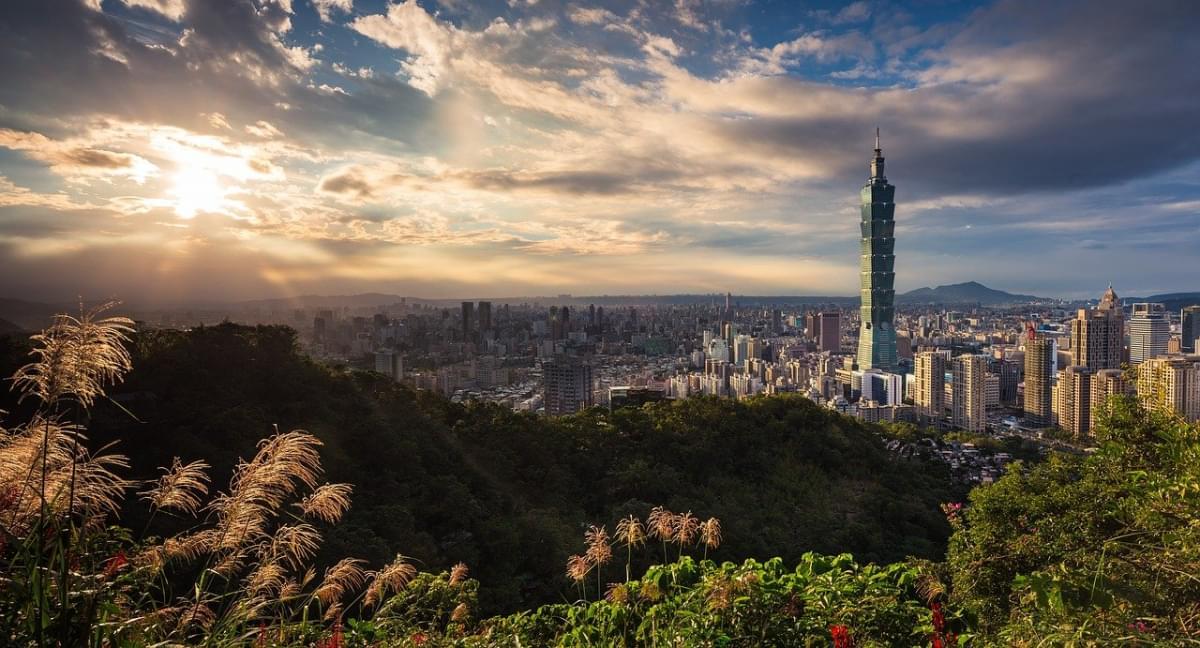
What to see in Taipei: attractions, routes and tips
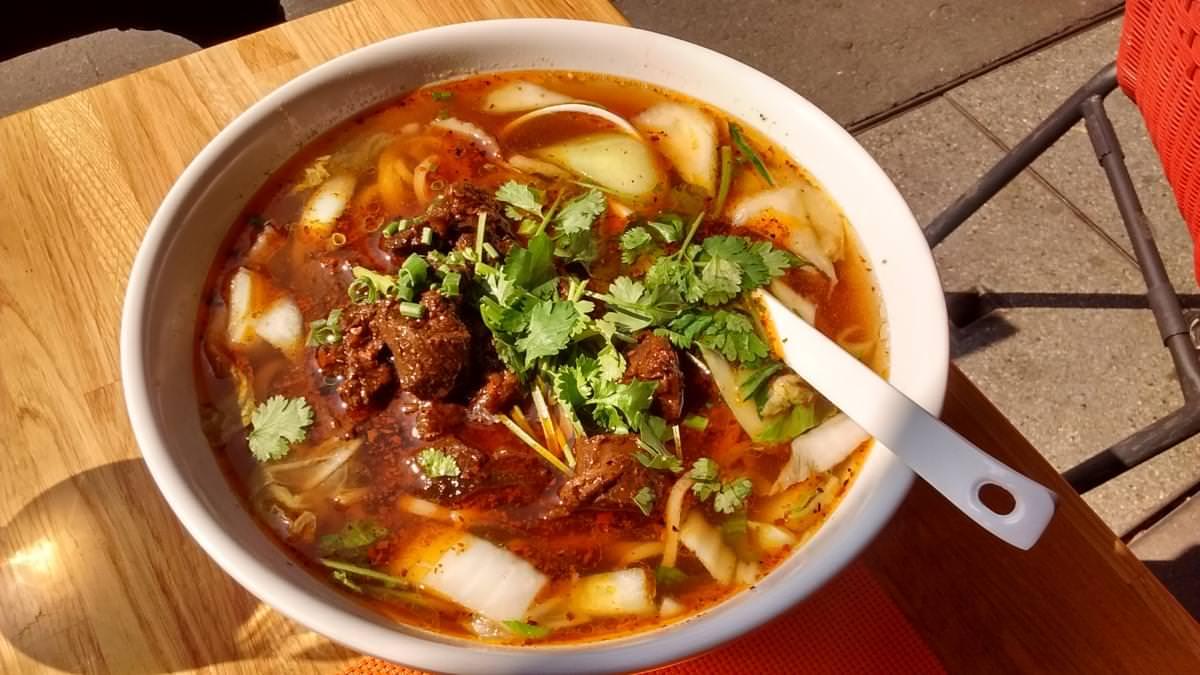
10 Things to eat in Taipei and where
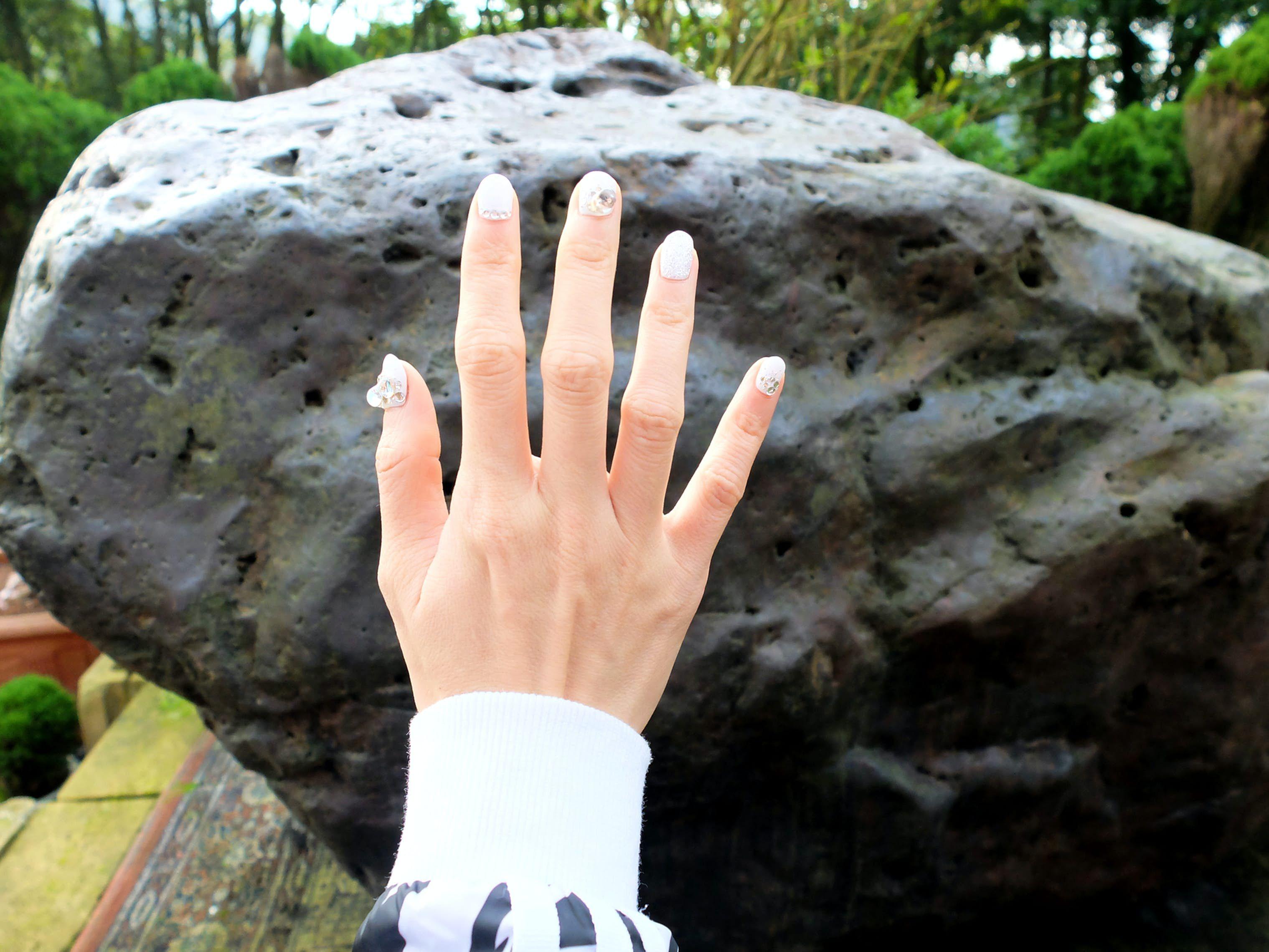
What it feels like to be massaged with knives in Taipei
Best time to visit Taiwan 2024 - Weather & 42 things to do
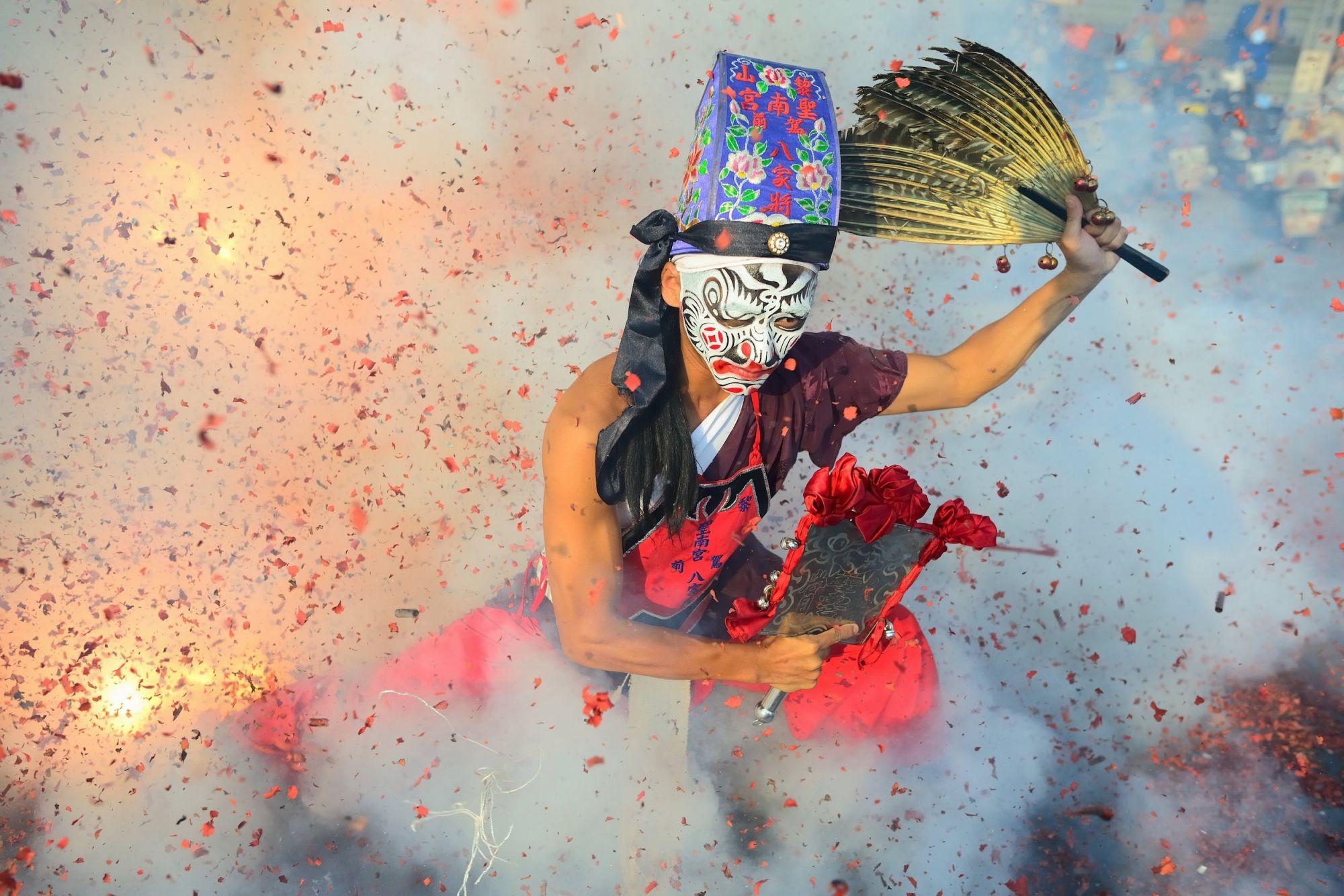
Tradition and modernity: the folklore of Taiwan